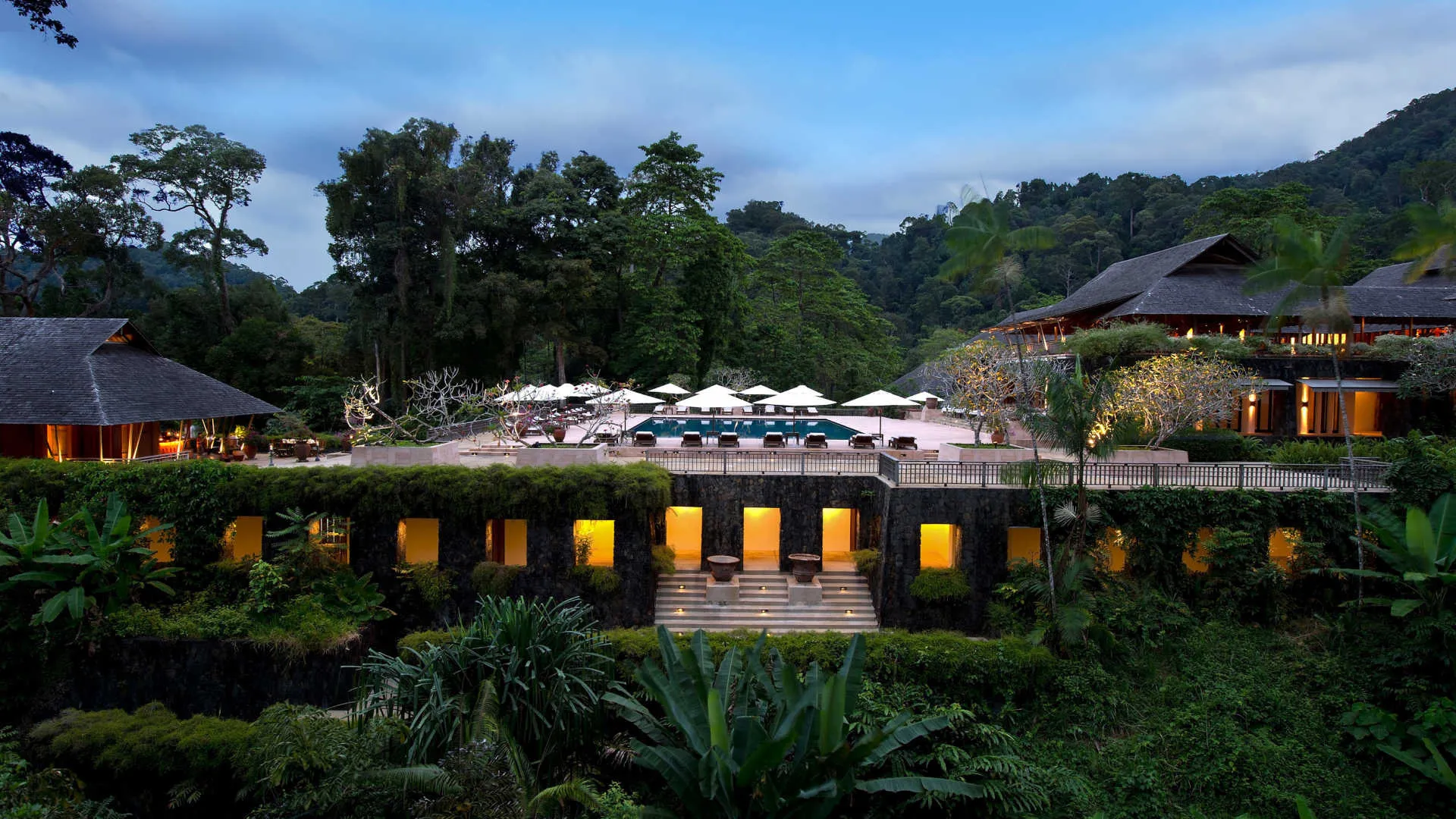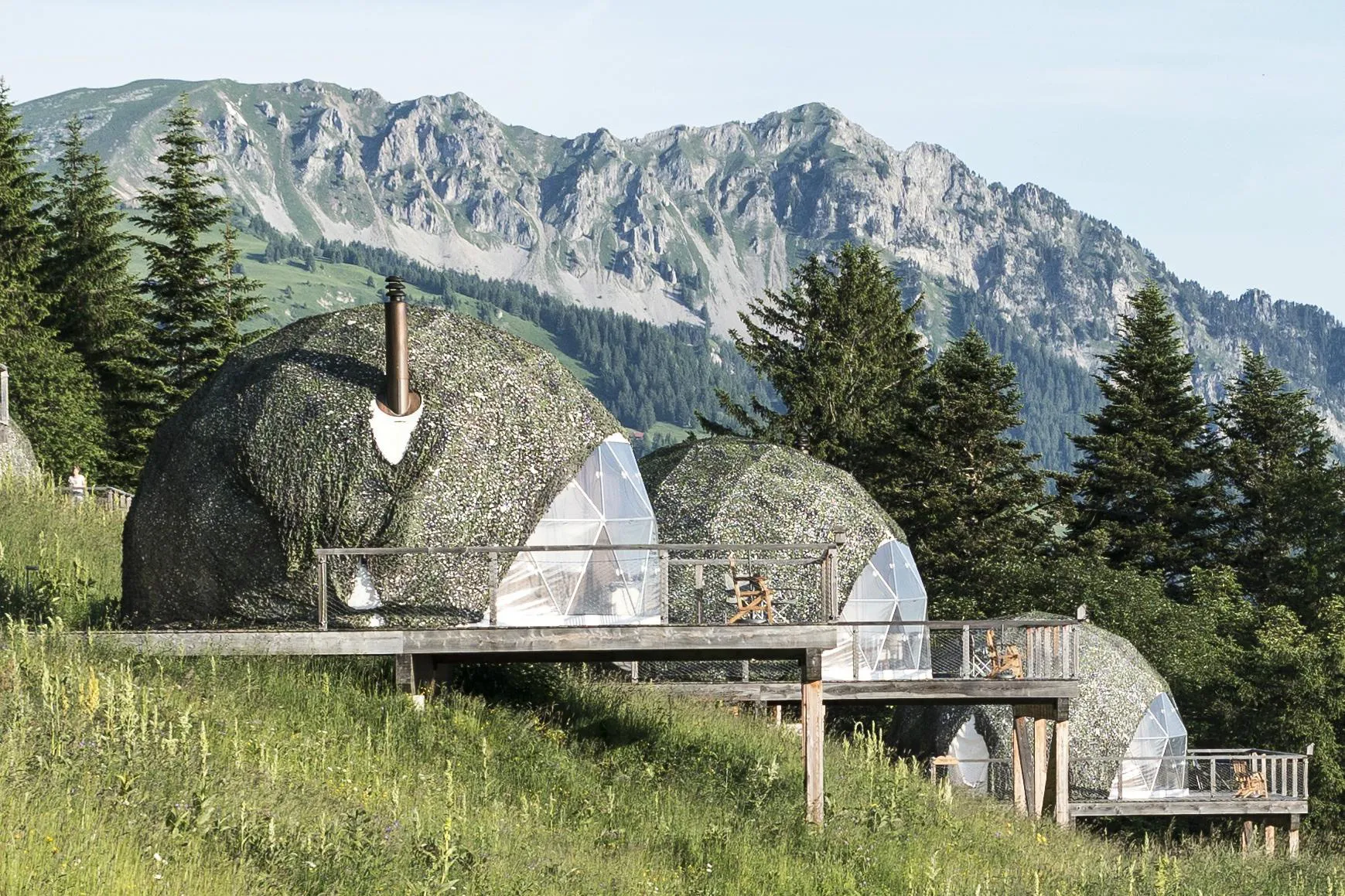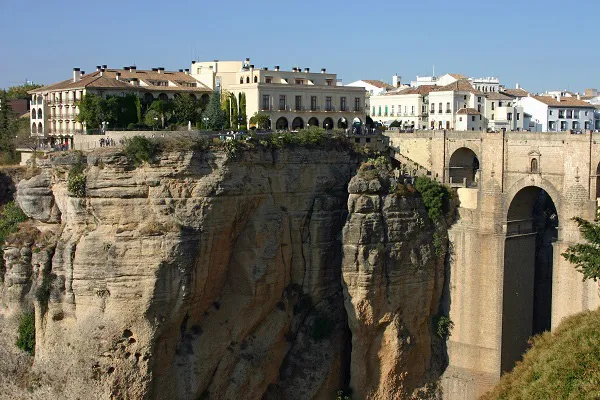Bridger Wilderness, a hidden gem in the Wind River Range of Wyoming, USA, is a dream destination for those passionate about trekking and exploring wild nature. Spanning over 4,200 km², this wilderness boasts majestic peaks, crystal-clear turquoise lakes, vast pine forests, and diverse flora and fauna. This article will serve as a detailed trekking guide through Bridger Wilderness, helping you plan an unforgettable adventure.
Located in the heart of the Rocky Mountains, Bridger Wilderness offers diverse trekking experiences, from easy trails for beginners to challenging summit climbs for experts. This place is not only a paradise for outdoor enthusiasts but also an opportunity to immerse yourself in nature, leaving behind the hustle and bustle of urban life. Let’s discover the exciting things and prepare for an unforgettable trekking trip in Bridger Wilderness.
Bridger Wilderness – An Excellent Trekking Destination
Bridger Wilderness was established in 1964 and is part of the Bridger-Teton National Forest. This land is named after Jim Bridger, a legendary mountain man and explorer of the American West. With elevations ranging from 2,400 meters to over 4,200 meters, Bridger Wilderness features diverse terrain, from lush green valleys to magnificent granite peaks.
It is famous for over 600 lakes, large and small, likened to sparkling emeralds amidst the mountains and forests. These lakes not only create stunning landscapes but are also home to various fish species, attracting fishing enthusiasts. The flora in Bridger Wilderness is also rich, with pine forests, spruce forests, alpine meadows, and wildflowers blooming in the summer. The wildlife here is equally diverse, including black bears, moose, mule deer, bighorn sheep, and many bird species.

Reasons to choose trekking in Bridger Wilderness:
- Untouched, majestic beauty: Bridger Wilderness retains its almost pristine natural beauty, with minimal human impact.
- Diverse trekking trails: Suitable for all levels, from beginners to experienced trekkers.
- Stunning lakes: Hundreds of turquoise lakes are a special highlight of this wilderness.
- Opportunity to immerse yourself in nature: Enjoy fresh air, observe wildlife, and explore a diverse ecosystem.
- Experience self-challenge: Conquer high peaks and overcome challenging trekking routes.
Popular Trekking Trails
Bridger Wilderness has hundreds of miles of trekking trails, catering to the needs of every visitor. Here are some of the most famous and popular trekking trails:
1. Highline Trail:
This is one of the longest and most famous trekking trails in Bridger Wilderness, with a total length of about 119 km. The Highline Trail runs along the ridge of the Wind River Range, offering breathtaking views of peaks, lakes, and valleys. This trail usually takes about 7-10 days to complete and requires good physical fitness and trekking experience.
Highlights:
- Island Lake and Titcomb Basin Lake: Two stunning lakes with turquoise waters and magnificent mountain scenery.
- Knapsack Col Pass: A high mountain pass with panoramic views of the entire Wind River Range.
- Pine forests and alpine meadows: Diverse and rich ecosystems along the trail.
2. Titcomb Basin Trail:
If you don’t have much time but still want to experience the beauty of Bridger Wilderness, the Titcomb Basin Trail is an ideal choice. This trail is about 29 km round trip, leading to Titcomb Basin, a beautiful valley with many small lakes and waterfalls. The average trekking time is 2-3 days.
Highlights:
- Titcomb Basin Lake: A valley with many small lakes, waterfalls, and wildflower meadows.
- Easily accessible: The trail is not too difficult, suitable for beginners or families with children.
- Diverse landscapes: Combination of pine forests, meadows, and lakes.
3. Glacier Trail:
For those who want to challenge themselves, Glacier Trail is a difficult but rewarding trekking route. This trail is about 32 km round trip, leading to the foot of Gannett Glacier, the largest glacier in the Rocky Mountains of the United States. Trekking on Glacier Trail requires good navigation skills and experience trekking in high mountain terrain.
Highlights:
- Gannett Glacier: Admire the majestic glacier and learn about the glacier formation process.
- Bonney Pass: A high mountain pass with stunning views of the glacier and surrounding peaks.
- Rugged terrain: Experience trekking on rocky, icy, and snowy terrain.

Ideal Time for Trekking
The best time for trekking in Bridger Wilderness is from mid-July to early September. At this time, the weather is warm and dry, the snow has melted on most trails, creating favorable conditions for traveling and camping.
Summer (mid-June – early September):
- Daytime temperature: Ranges from 15-25°C (59-77°F).
- Nighttime temperature: Can drop below 5°C (41°F), especially at high altitudes.
- Weather: Dry, little rain, sunny.
- Advantages: Beautiful, pleasant weather, suitable for trekking and camping.
- Disadvantages: Crowded with tourists, need to book campsites in advance.
Autumn (mid-September – late October):
- Temperature: Cooler than summer, colder at night.
- Weather: Possible rain or early snowfall.
- Advantages: Fewer tourists, romantic autumn scenery.
- Disadvantages: Unstable weather, need more thorough preparation.
Spring and Winter (November – mid-June):
- Temperature: Very cold, heavy snowfall.
- Weather: Harsh, dangerous.
- Not suitable for general trekking. Only for those with winter trekking experience and full equipment.
Preparing for Your Trekking Trip
To have a safe and successful trekking trip in Bridger Wilderness, you need to prepare thoroughly in terms of physical fitness, equipment, and knowledge.
1. Physical Fitness:
- Endurance training: Practice long-distance walking, stair climbing, and running to increase endurance.
- Leg muscle training: Perform exercises to strengthen leg muscles such as squats and lunges.
- Acclimatize to altitude: If you live in a lowland area, spend time acclimatizing to the altitude before starting trekking.
2. Equipment:
- Trekking shoes: Choose shoes with good grip, waterproof and comfortable.
- Trekking backpack: Choose a backpack with a size suitable for the number of trekking days and with good load-bearing capacity.
- Clothing: Bring warm, waterproof, breathable, and quick-drying clothes.
- Tent, sleeping bag, sleeping pad: If you plan to camp overnight.
- Personal items: Sunscreen, sunglasses, hat, gloves, personal medications, first aid kit.
- Map, compass, or GPS: For navigation and tracking the route.
- Flashlight or headlamp: For moving in the dark or when it gets dark.
- Water and food: Ensure you bring enough water and snacks for the entire journey.
3. Knowledge and Skills:
- Navigation skills: Know how to use a map, compass, or GPS for navigation.
- First aid skills: Know how to handle emergencies and basic first aid.
- Knowledge of forest safety: Know how to avoid wildlife, handle bad weather, and seek rescue if needed.
- Learn about regulations and permits: Bridger Wilderness requires overnight camping permits in certain areas. Learn the regulations carefully and obtain permits before going.

Useful Trekking Tips
To make your trekking trip even more complete, refer to some useful tips below:
- Go in a group: Trekking in a group is safer and more fun, especially when you go into the wilderness.
- Inform someone of your itinerary: Let relatives or friends know your trekking itinerary, including the route, expected time, and last contact time.
- Check the weather: Monitor the weather forecast before and during the trip to prepare accordingly.
- Walk slowly and steadily: Do not walk too fast, maintain a steady pace and rest when needed.
- Drink enough water: Ensure you drink enough water throughout the trekking process to avoid dehydration.
- Bring snacks: Snacks help provide quick energy when you feel hungry or tired.
- Respect nature: Do not litter, do not make loud noises, and do not disturb wildlife.
- Always carry a map and compass: Even if you use GPS, a map and compass are still reliable navigation tools.
- Learn about wildlife: Bridger Wilderness is home to many wildlife species, learn how to avoid and deal with them if encountered.
Conclusion
Trekking through Bridger Wilderness is a wonderful experience for those who love wild nature and want to challenge themselves. With this detailed trekking guide through Bridger Wilderness, hopefully you have gained useful information to plan your adventure. Prepare carefully, equip yourself fully, and enjoy the pristine, majestic beauty of this land. Wishing you a safe and memorable trekking trip!